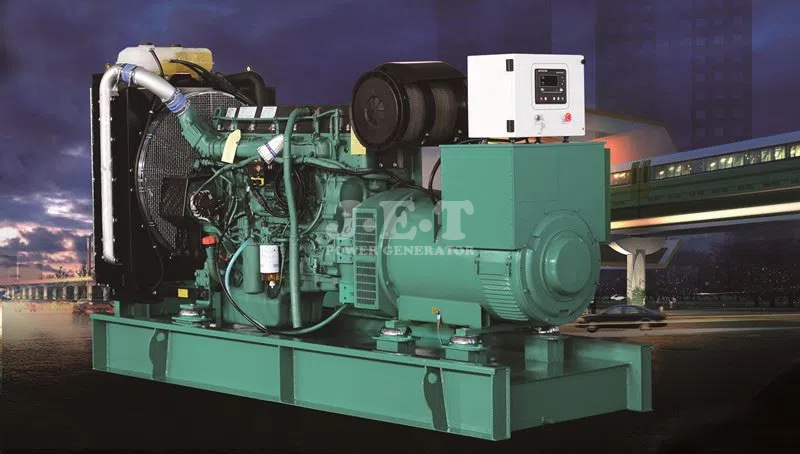Fuel Saving Regulator Method For Volvo Diesel Generator
- 14 - 04 - 2020
- 552
Regarding the specific methods of Volvo diesel generator fuel saving regulator, some users do not know very well, here Giant Power will take a look with you.

In the Volvo diesel generator regulator method, the battery and the ammeter are connected in series and connected to the battery terminal of the regulator. Start the Volvo diesel generator and gradually increase the speed, and observe the pointer of the ammeter on the tractor when the interceptor contact is closed.
If the ammeter pointer swings in the “+” direction, indicating that the closing voltage is high, the spring tension should be reduced; if the ammeter pointer swings in the “-” direction, it indicates that the closing voltage is low, and the spring tension should be increased. In this way, the adjustment is repeated until the ammeter pointer hardly oscillates when the interceptor contact is closed, indicating that the closing voltage is appropriate.
The two batteries are connected in series with the battery and the ammeter and connected to the battery terminal of the regulator. Start the Volvo diesel generator and gradually increase the speed. When the voltage regulator is working, observe the pointer of the ammeter. If the pointer of the ammeter swings in the direction of “+”, it means that the pressure adjustment value is high, and the spring tension should be reduced; if the pointer of the ammeter swings in the direction of “-“, it means that the pressure adjustment value is low, and the spring tension should be increased. Repeat the adjustment in this way, until the voltage regulator works, the pointer of the ammeter hardly swings, indicating that the voltage regulation value is appropriate.
The principle of this adjustment method is: dry batteries and accumulators are connected in series with a certain potential, and Volvo diesel generators emit a certain voltage, and a current is generated when the two are not equal. The potential of the former is higher than that of the latter, the pointer of the ammeter is in the “-” direction, otherwise it is in the “+” direction. Only when the two potentials are almost equal, the ammeter pointer does not swing.
